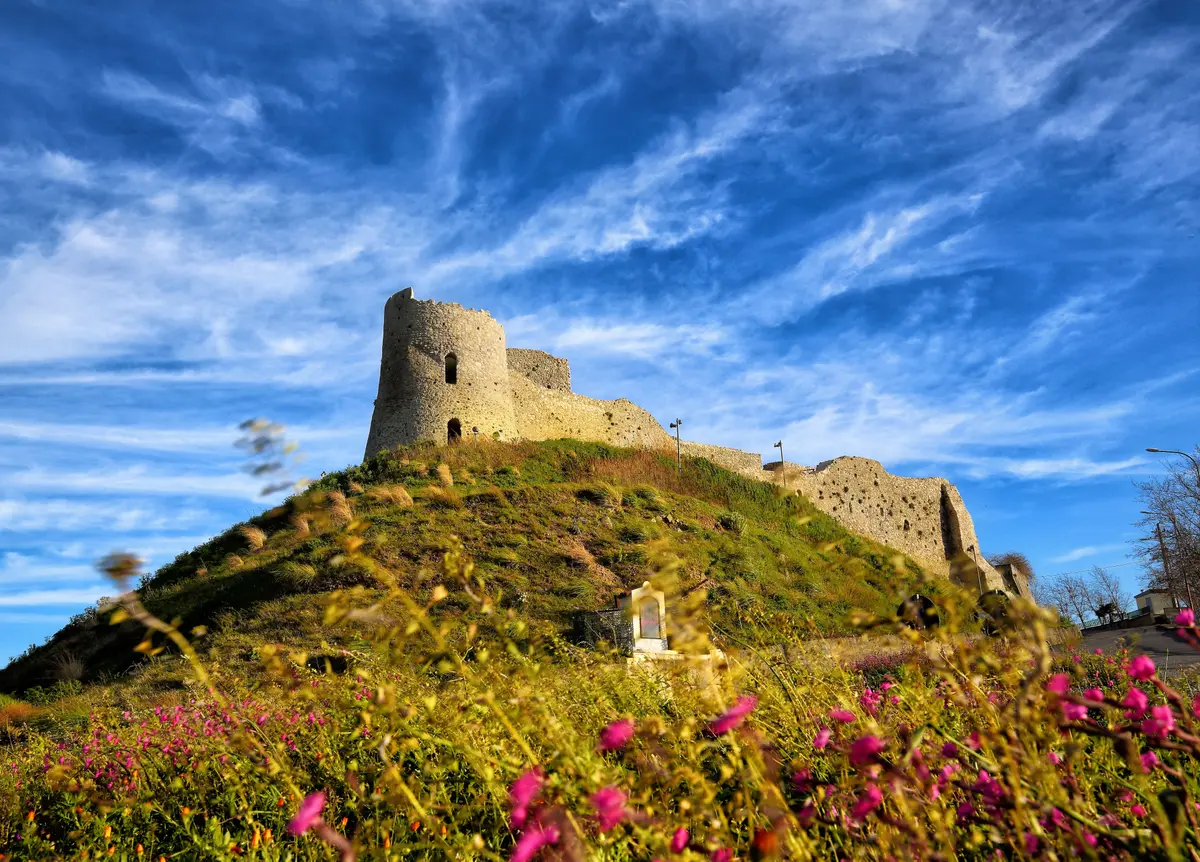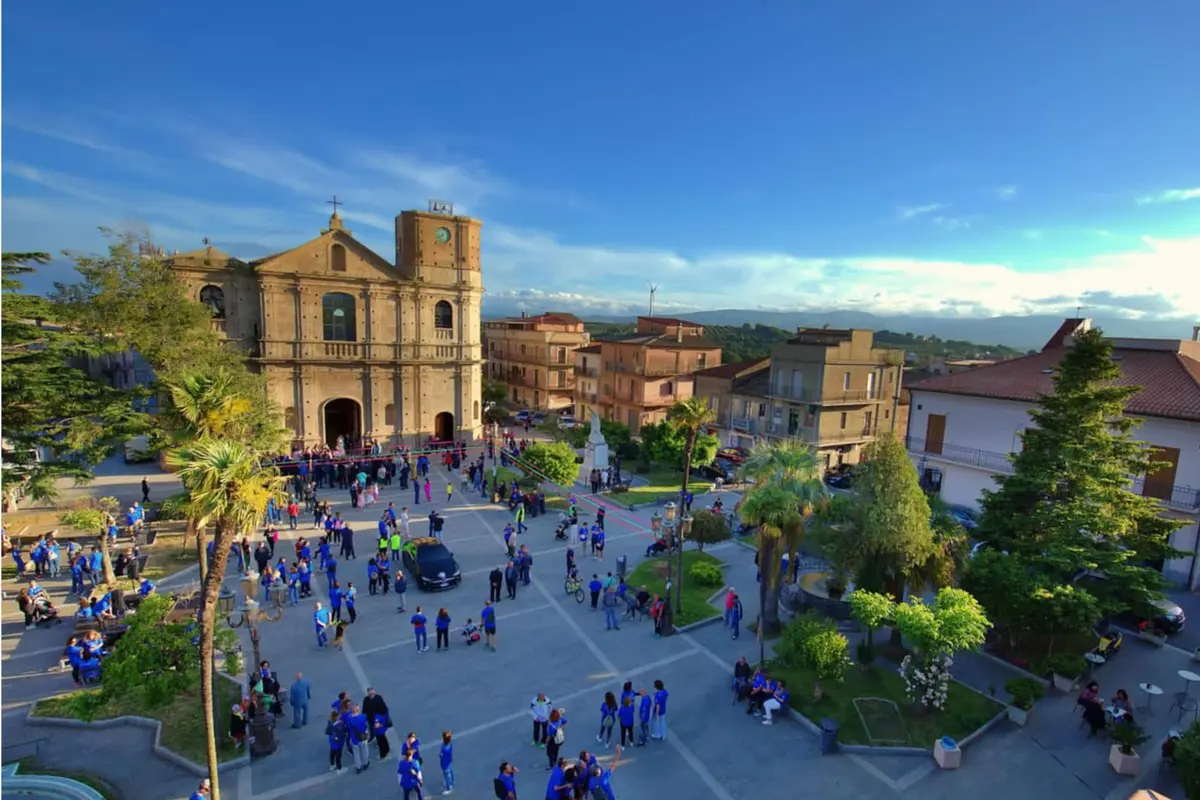Miglierina
Miglierina, the old town of mills

Mountain
In the Sella di Marcellinara (Saddle of Marcellinara), a narrow strip of land separating the Tyrrhenian Sea and the Ionian Sea, lies the Calabrese village of Miglierina, on a hill overlooking the Gulfs of Squillace and Sant’Eufemia offering breathtaking views. On a clear day it is possible to admire the Aeolian Islands and Stromboli. Miglierina is an inviting and friendly place, a community that welcomes visitors and travellers and involves them in village life. Their journey will be dotted with encounters as they meet new people and discover the culture and traditions of Miglierina.
Miglierina is part of the Association of Authentic Historic Towns of Italy and along its quiet streets one can breathe in the genuine feel of a reality which seems as if suspended in time; still made of ancient values and traditions.
The name probably derives from the presence of old water mills in the areas surrounding the village. Muglierina could thus be a place name meaning “the town of mills”.
The oldest buildings of the village include the churches that represent Miglierina's complete history; a town that has strong ties to religion. The majestic beauty of the façade of the church of Santa Maria del Principio, known with the name of Santa Maria del Rosario, is breathtaking. The large front space allows to admire with a wealth of details the façade which has been richly decorated with stuccoes, pilasters and Corinthian capitals. The underpass or “Sottovia”, a square coated in terracotta and connected to the provincial road by a helical-shaped staircase, represents the true heart of the village. Crossing the staircase toward the main road visitors arrive in the district of Chianavalle, where they can admire the ancient palace of the Torcia family. Positioned a little higher is the district of Quadarune, which is characterised by the remains of the Antico Casale (old farmhouse) around which several other ancient dwellings have also been built. In the surrounding countryside we find the Amato river, which offers a beautiful image of nature up to the valley where the remains of numerous watermills can be seen. At a higher altitude, in the mountainous area of Presila, it is possible to hike up to the Monte Portella and stroll among oaks, cedars and chestnut trees to visit a spring of water low in mineral content.
Migliarina’s Masters
In order for visitors to fully immerse themselves in local culture, they must learn about the works created by the Maestri Miglierinesi (Migliarinesi Masters) between the Eighteenth and Twentieth Century. Their art can be admired once again in the inhabited village centre and in other various Calabrian municipalities. Their work is divided into three areas: Mastri del legno (wood masters), Mastri armieri (Master Armourers) as well as Maestri stuccatori (Master Plasterers) and Babbari. The Via dei Maestri Miglierine is dedicated precisely to these artists and is introduced by a monument in honour of Santa Lucia (Saint Lucy), the village's patron saint who also has the Chiesa Madre dedicated to her. Walking along this road we encounter some historical buildings such as the Palazzo Arcuri, inside which it is possible to admire an old mill with enormous stones for pressing olives.
Gastronomy
Miglierina's typical cuisine fully mirrors that of regional Calabrese, with stuffed sweet or spicy foods, cheeses, vegetables and traditional sweets. Generally the cuisine of typical foods focuses on holiday periods which coincide with religious festivities. Typical products include recipes based on pork meat. Easter period foods feature the “fraguni” cheese bread and the “Pitte chine” (stuffed pitta bread) with ricotta and soppressata (a typical type of salami). Other well-known recipes include meatballs, pancakes and all types of “braciole”, pizzas and cullurielli desserts, pitticelle (fritters) and chinulille pastries.
Useful information
What to know about Miglierina
Where to Sleep
There are 3 available accommodations.
Travel Ideas
There are 2 travel ideas.
Infopoint Miglierina
Via Telesio, Miglierina
No result








